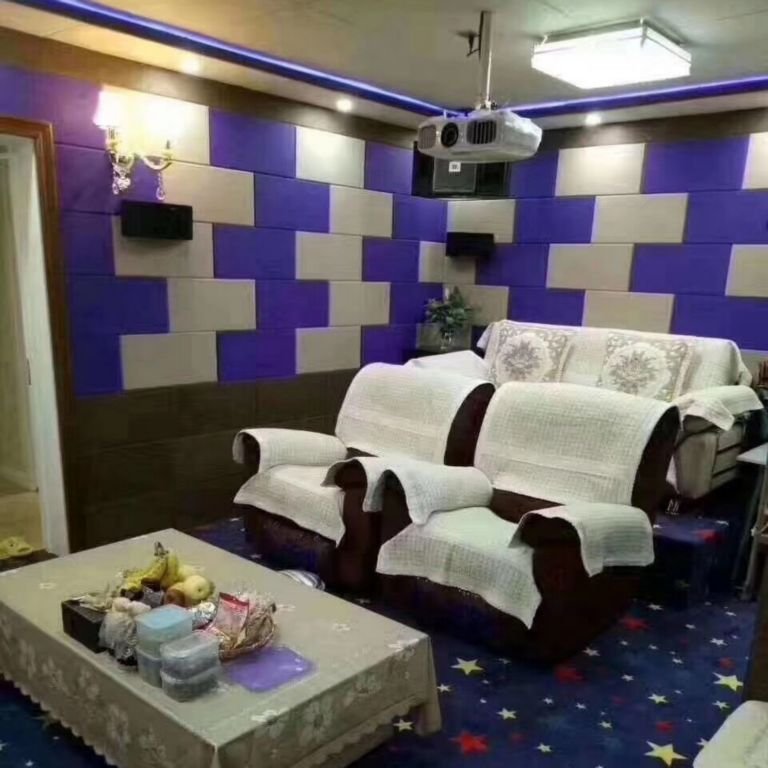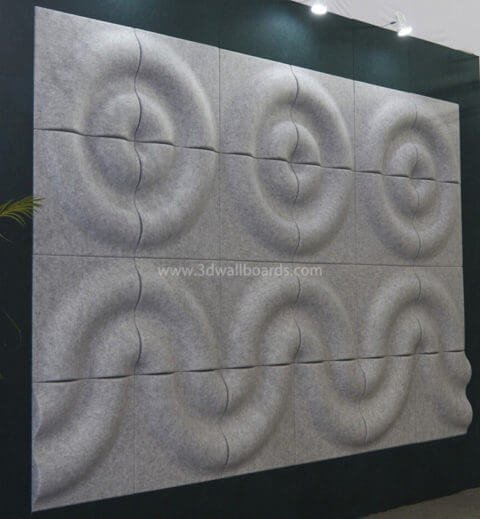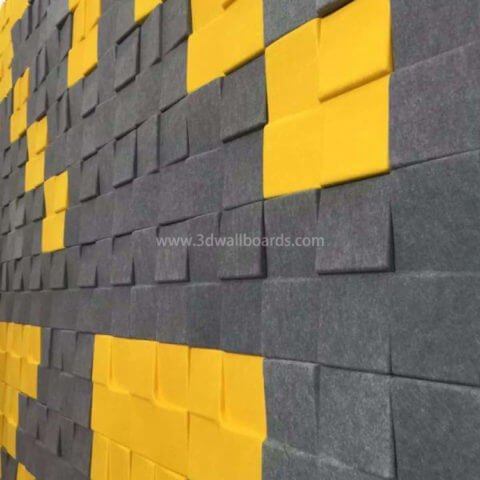I. Introduction
Selecting the ideal 3D tiles for wall is key when it comes to creating an environment you love in any space, and 3D tiles for walls have recently gained great popularity for their ability to add depth and texture. They create three-dimensional effects by giving walls three-dimensional depth and texture, raising visual appeal considerably. We will explore this world of wall 3D tiles in this article while giving valuable tips on selecting ones suitable for your environment.
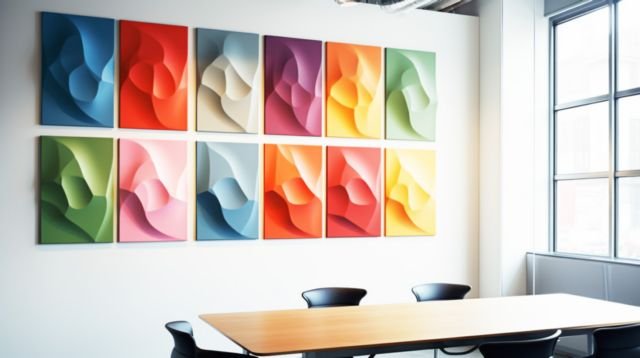
II. Understanding 3D Tiles for Walls
3D tiles wall panels offer dimension and depth to any space they adorn, creating an eye-catching focal point in any room they grace. While regular flat tiles may have flat surfaces that create this effect, 3D tiles for front wall feature more intricate patterns, textures, and shapes for an eye-catching display – including geometric patterns, wave-like designs or intricate motifs for maximum visual impact!
Utilizing 3D tiles on your walls offers several benefits. First, they add depth, making your walls seem more dynamic and visually engaging, instantly turning an ordinary wall into something captivating. Furthermore, these unique and personalized pieces come in many designs, patterns, and finishes so there is sure to be one to suit any aesthetic – from modern sleek aesthetics to traditional ornate styles – so there is sure to be one perfect for your room’s needs! Additionally, 3D tiles design for wall may even help enhance acoustics by reducing sound reflections/echoes thus improving room acoustics!
Next, we will discuss some key factors you must keep in mind when choosing 3D tiles for your walls. By understanding these considerations, you will be able to make an informed decision and select tiles that perfectly complement your space.

III. Factors to Consider When Selecting 3D Tiles for Walls
A. Size and Dimension
When selecting 3D tiles for dining room wall, size and dimension play an essential part in creating the overall visual effect. Larger tiles tend to create more of an eye-catching and dramatic aesthetic while smaller tiles can offer intricate detailing or add delicacy. Take into account your space, walls proportions, as well as dimensions of wall itself when selecting an optimal tile size; larger tiles could make space seem cramped while opting for smaller ones on larger walls could get lost among all that detail.
B. Design and Pattern
3D tiles for walls offer an abundance of designs to meet every taste and preference, from geometric patterns to nature-inspired motifs. When choosing the design that suits you best, consider your overall space’s theme and aesthetic: minimalist designs can work well in modern environments while more ornate or eclectic patterns add visual interest and add elegance.
C. Material and Durability
Material choice for 3D tiles is of great significance when considering durability and intended location. Common choices include ceramic, porcelain, glass and natural stone tiles. Ceramic and porcelain tiles are known for their durability and versatility, making them suitable for various environments. Glass tiles feature sleek surfaces perfect for creating a contemporary and luminous atmosphere in any space. Natural stone tiles such as marble offer luxurious aesthetics but require additional upkeep. When selecting materials suitable for installation in any given space, take into account factors like foot traffic volume, moisture exposure levels, and maintenance needs in order to select an option that will best serve your needs.
D. Color and Finish
The color and finish of 3D tiles can have an enormously positive impact on the atmosphere of any space, depending on personal taste and desired atmosphere. Lighter hues may make a space appear larger and airier, while darker tones create intimacy and sophistication. When selecting tiles for use in 3D installations, take into consideration their glossy, matte, or textured finishes; glossy options add shine while matte ones provide subtler appearances while textural ones provide tactile experience and special visual effects.
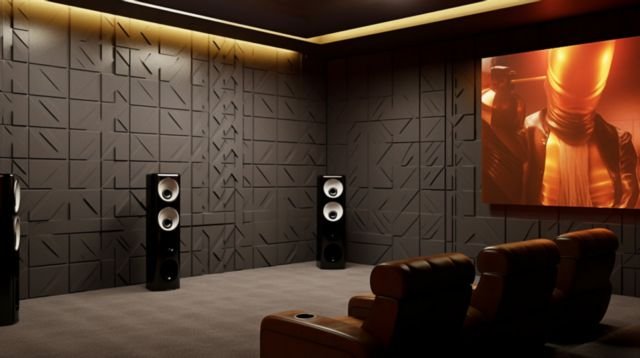
IV. Tips for Selecting Appropriate 3D Tiles for Different Spaces
A. Bathroom Walls
When selecting 3D tiles for bathroom walls, there are certain considerations to keep in mind when making your selections. First and foremost is prioritizing tiles that are moisture-resistant and easy to maintain such as porcelain or ceramic, such as durable porcelain or ceramic that withstand the humid environment of a bathroom. Also consider slip-resistant tiles for added safety measures and designs with soothing colors such as soft blue tiles that evoke ocean waves or neutral-toned tiles with subtle textures reminiscent of natural stones that create a relaxing spa-like atmosphere – examples include soft blue ocean waves reminisced on neutral-toned tiles reminisced textures of natural stones or neutral-toned neutral-toned tiles with subtle textures reminiscent of natural stones for ambience and relaxation purposes.
B. Dining Room Walls
Wall 3D tiles design can add an elegant and eye-catching accent to the dining room walls. When selecting 3D tiles for wall images for this area of your home, take into consideration its style and theme when making a selection. For modern settings with sleek lines or metallic finishes, geometric patterns or metallic finishes may work best; for traditional or rustic settings with floral or vine designs they add visual interest as accent walls or frames around mirrors and artwork can add visual interest and create visual interest that makes an impactful statement in any dining space.
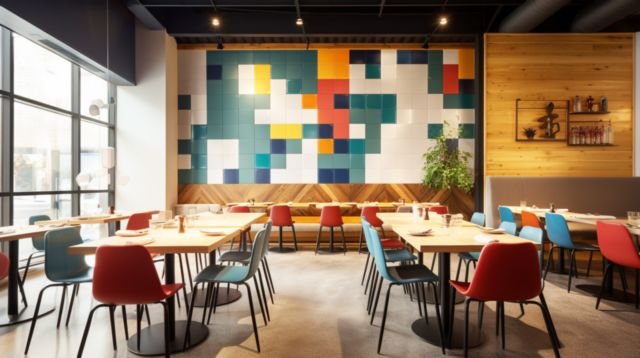
C. Hallway Walls
While hallways may often go underappreciated in interior design, they offer a great opportunity for striking visual impact. To create an eye-catching hallway design, select 3D tiles wall design with bold patterns or textures; think geometric designs or interlocking shapes when it comes to choosing tiles with geometric designs or interlocking shapes that create visual interest in a hallway that lacks natural lighting; for added brightness choose tiles with reflective or glossy finishes which maximize available light; using lighter-colored tiles can help visually widen a narrow hallway; don’t be intimidated when it comes to playing around with patterns and textures creating dynamic and inviting hallways!
V. Install and Maintenance Tips
A. Installation Techniques for 3D Tiles
Proper installation techniques of 3D tiles for hall wall requires careful consideration to achieve a seamless and pleasing end result. Below are a few installation tips:
- Prepare the Surface: Before beginning installation of tiles on any wall surface, be sure it is clean, dry, and free from debris such as wallpaper, paint or wallpaper paste. Additionally, primer can provide an ideal base for the tiles.
- Select an Adhesive Appropriate for 3D Tiles: Choose a premium adhesive specifically designed to work with 3D tiles wall covering panels and follow its manufacturer’s instructions for mixing and applying it evenly onto each backside of each tile, to ensure full coverage.
- Pay Attention to Tile Orientation: During installation, pay close attention to how you orient the tiles. Some 3D tiles may require specific direction or pattern to look complete and take time aligning tiles correctly for an effortless process.
- Grouting: Once the tiles are securely in place, let them set according to the adhesive manufacturer’s instructions before adding grout between tiles with a grout float and wiping off any excess using a damp sponge according to their recommended drying time.
B. Preventative Maintenance Tips to Extend Longevity
Follow these maintenance tips to keep your 3D tile for wall looking their best:
- Routine Cleaning: Regularly clean your 3D tiles design for bathroom wall to remove dust, dirt and any stains using mild detergent or tile cleaner and a soft cloth or sponge – any abrasive cleaners could potentially damage their surfaces and should be avoided altogether.
- Avoid Harsh Chemicals: Avoid harsh chemical cleaners that could erode tile finishes, damage tiles and compromise their integrity by using gentle, nonabrasive cleaners instead. This will preserve their integrity for years to come.
- Sealing (if applicable): Depending on the material of your 3D tile for walls, consider sealing them to protect them from moisture and stains. Be sure to follow three D wall panels manufacturer recommendations regarding frequency and products best suited for your specific tiles.
- Regular Inspections: Performing regular checks on your wall 3D tile should help detect signs of damage such as cracked or loose tiles and to detect potential issues quickly in order to limit further harm and protect their overall integrity of installation.
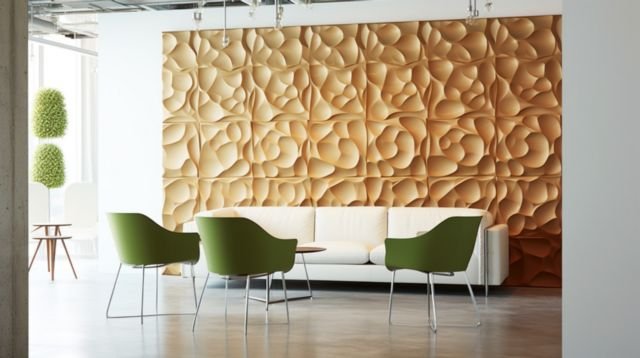
VI. Conclusion
Selecting the ideal 3D tile design for wall can dramatically enhance the aesthetic appeal of any space. When considering factors like size, design, material, color and finish you can select tiles that perfectly complement your style while making a stunning visual statement. Always select tiles appropriate to each room such as bathrooms, dining rooms and hallways before following proper installation techniques to guarantee success – with proper maintenance care 3D tile wall design should continue adorning walls for years.
Explore the world of 3D tile for hall wall, and consider using them for your wall project. Appreciate their depth and texture; transform your walls into captivating canvasses of artistic expression!
